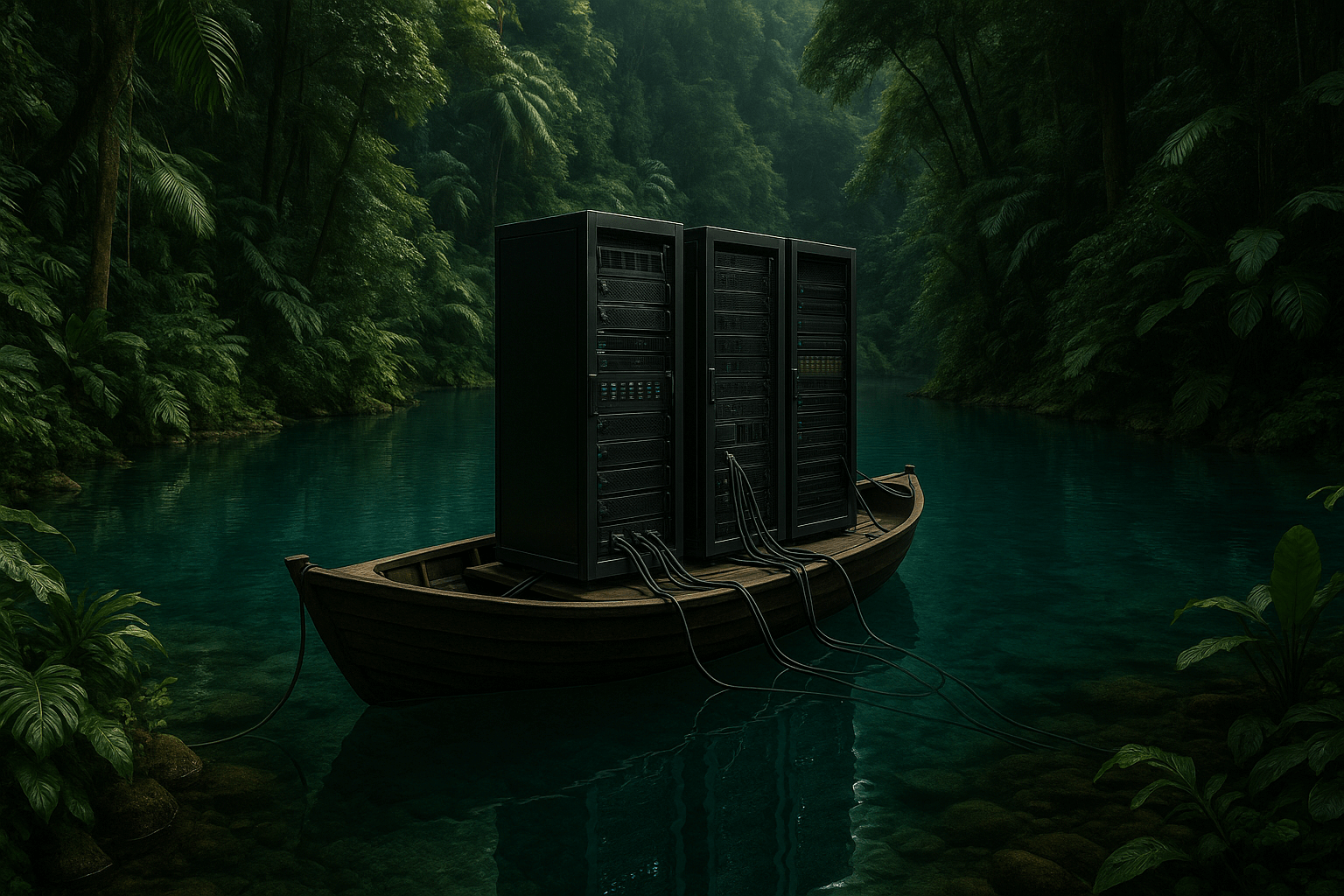What's an AI Architecture, Anyway?
At its core, an AI architecture is the blueprint of all the pieces in your AI system fine-tuned to work together flawlessly. It's not just about the hardware though, but also about designing a structure to solve your specific tasks. So let's break it down a little before we continue.
Processors :.
This is the brain of your entire stack that you run or will run. In short, all the processors that handle the "thinking," "learning," and "decision-making." But not every task needs the same kind of hardware, that's why picking the right setup is the key here.
We've got many options but with every system you will have a CPU (Central Processor Unit) which will handle the basic logic of your system. Optionally, if your system is demanding on CPUs, we can add some DPUs (Data Processor Units) to offload the usage of CPUs, improving their performance.
The next step are GPUs (Graphic Processor Units) which are a necessity if you are running anything that requires parallel processing (doing many tasks/computations at the same time).
Then for LLMs (large language models) we can use NPUs (Neural Processor Units) or also TPUs (Tensor Processor Units) that are designed exactly for these tasks.
But for niche optimized task are here FPGAs (Field-Programmable Gate Arrays). Yes, they are tricky to implement but work amazingly.
Now you get the point why choosing the right hardware for running your AI system is necessary...
Storage /:
Now we face the problem number two. How to make this brilliant processors actually do something. After all, it's just well-designed silicon that can store zeros and ones. Well we need to feed it data, and fast...
We can achieve it by implementing SSDs (Solid-State Drives) into the system to inject data quickly in processors. Or for the data that is not as frequently used we can use HDDs (Hard-Disk Drives), Cloud storage, or both, depends on what you need...
The trick is in organizing the data though. Why? Because you need to structure it in such a way so your system won't be wasting time and computational resources on finding the right data to compute on.
Cooling '-
To run your AI system you will need cooling. Well, you don't necessarily need it when you are okay with frying your whole setup.
You know processors function by using electricity to execute on data. Each transistor only a small amount at a time but now imagine that high performance chip stores from 80 billion transistors up, each firing up to 5 billion times a second. Now you get why cooling is so important.
There are many options from air and liquid cooling to immersion techniques but that all depends again on your needs.
Power Efficiency -_
AI systems are an energy burden for the company on its own, even if optimized or specially suited for specific applications.
That's why engineering such systems efficiently is important.
There are solutions from optimizing hardware, using renewables, or even quantizing your models (method of simplifying the math the processor has to do to execute on tasks), but more on that later.
Connectivity ::
The last step is to connect everything like a little oversized computer. It has a problem though. The interconnects need to support huge quantities of data exchange (read, re-read, and write) every day.
Our work here...
As you can see, there’s a lot more to AI than what appears on the surface. That’s why having a partner who can help not only with code deployment, but also with choosing the right model to fit your existing stack, can be truly transformative - or better said, business-changing.
You know, we are a business too so we understand that every business - big or small - needs to optimize and adapt its systems to gain a real competitive advantage, not just add another layer of complexity.
That’s why, before deploying any model, website feature, etc., we evaluate your current infrastructure - whether physical or cloud-based - first, to ensure that the stack you have can handle the update and the costs are justified by the outcomes you aim to achieve. Second, to prevent you from doing things that look good on paper but won't work without further investments.
Ready to work with us?

